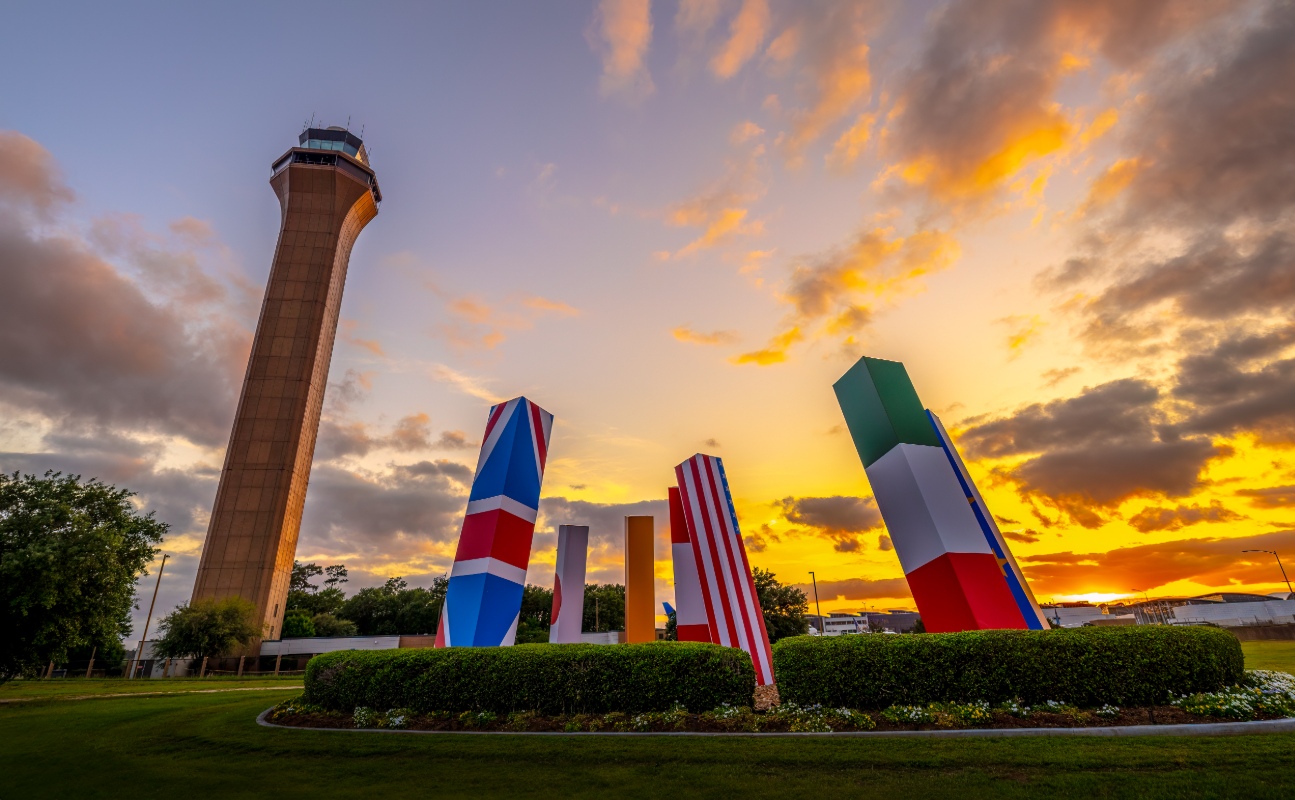Officials: Space on Track to Become Trillion-Dollar Business Over 20 Years
Published Dec 20, 2019 by Maggie Martin
Just a few months after the 50th anniversary of the Apollo 11 lunar landing, federal officials and industry executives met at the U.S. Chamber of Commerce’s 2nd Annual Space Summit to talk about the soon-to-be trillion-dollar space economy.
The Houston Business Journal reports leaders outlined areas of growth, including commercial spaceflight and low Earth Orbit. According to the publication, Jim Chilton, senior vice president of the company’s with Boeing said, “NASA and other agencies have embraced the development of a LEO commercial ecosystem because it helps with its own operations, such as supply and support of the International Space Station.”
“Space is the most promising industry to arrive since the birth of the tech sector, and companies large and small want a piece of the action,” said Chamber CEO Thomas Donohue. “The future of our economy is being built right before our eyes and it is poised to upend everything that has come before.”
According to the Houston Business Journal, Donohue said his organization projects space operations will become a $1.5 trillion industry by 2040.
This isn’t the first time executives within the industry have pointed to $1 trillion as the benchmark for the space economy.
During last year’s SpaceCom Conference in Houston, Kevin O’Connell, Director of the Office of Space Commerce at the U.S. Department of Commerce, said, “The topic of the $1 trillion space economy isn’t a pure invention; a number of independent assessments envision rapid growth between now and 2040; one estimate from Bank of America places the space economy near almost $3 trillion by that timeframe.”
O’Connell laid out five key elements he argues are necessary to hit that economic goal, which are:
• Continuous disruption and innovation
• Finance and insurance environment
• Space situational awareness and space traffic management
• Talent
• Improving our understanding and our narratives about the impact of space on earth
As the Johnson Space Center has evolved into one of NASA’s largest research and development facilities, greater Houston has developed into an aerospace hub with a record of significant achievement and innovation. JSC manages an annual budget of about $4.6 billion in contracts, civil service payroll and procurements.
The region is also home to more than 250 aerospace and aviation firms and has 32 of the 50 largest aerospace manufacturing companies in the U.S. Houston’s total trade in aircraft, spacecraft, and parts totaled $2.0 billion in ’18, and aircraft, spacecraft, and parts are Houston’s 14th largest internationally traded commodity.
Read more about Houston’s space industry in the 2019 Houston Facts and Houston Regional Market Profile.
 The Houston Report
The Houston Report



















